Ten safety essentials for all businesses
Ten points to help you set up and manage health and safety in your business
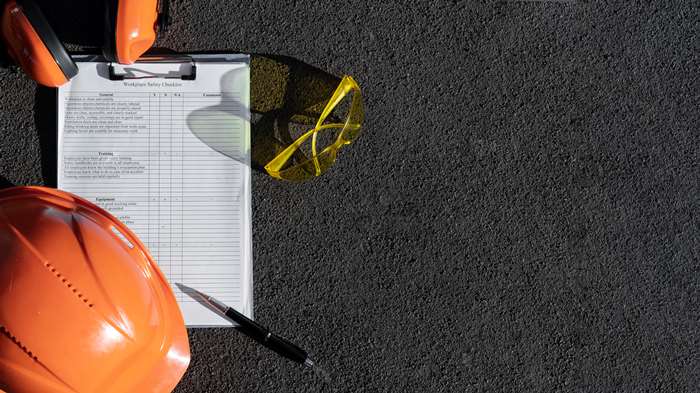
Safety essentials
Health and safety law applies to all businesses, however small. Every employer has a legal responsibility to protect the health and safety of their staff and others - such as customers and members of the public - who may be affected by their work activities. Health and safety duties also extend to the self-employed and employees.
The following ten points will help you set up and manage health and safety in your business.
1. Health and safety policy
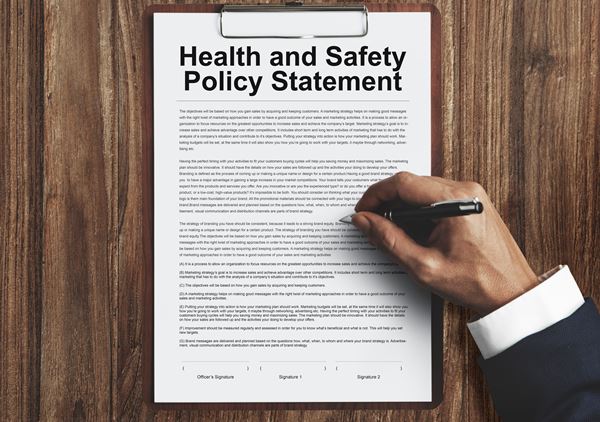
A health and safety policy is a plan detailing how you are going to manage health and safety in your business. It is a
document that defines who does what, when and how they do it.
If your business employs less than five people you are not legally required to have a written health and safety policy statement. However, you must still ensure that you work safely, and a written policy can help you do this. If you have five or more employees, you must write your policy down.
Your policy should cover three areas:
Part 1: Statement of intent
State your general policy on health and safety at work, including your commitment to managing health and safety and your aims. As the employer or most senior person in the company, you should sign it and review it regularly.
Part 2: Responsibilities for health and safety
List the names, positions and roles of the people in your business who have specific responsibility for health and safety.
Part 3: Arrangements for health and safety
Give details of the practical arrangements you have in place, showing how you will achieve your health and safety policy aims. This could include, for example, doing a risk assessment, training employees and using safety signs or equipment.
Worked example and template
To help you write your own health and safety policy, you can use this example (PDF) and template (PDF) .
2. Manage risks and risk assessment at work
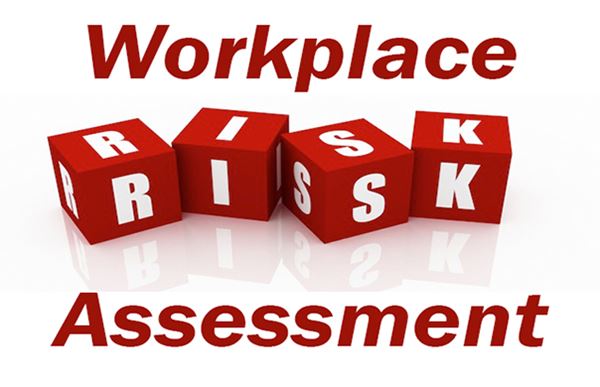
As an employer, you're required by law to protect your employees, and others, from harm.
Under the Management of Health and Safety at Work Regulations 1999, the minimum you must do is:
- identify what could cause injury or illness in your business (hazards)
- decide how likely it is that someone could be harmed and how seriously (the risk)
- take action to eliminate the hazard, or if this isn't possible, control the risk
If you employ 5 or more employees your risk assessments must be written down (if you are a Director of your company you count as an employee).
Read more about risk assessment on the HSE risk management website
- Risk assessment template (Word Document Format) (.docx)
- Risk assessment template (Open Document Format) (.odt)
Check out our sector specific pages, which tailor advice for different sectors:
3. Employers' liability insurance
If you employ anybody you will need Employers Liability (compulsory) insurance. A valid certificate must be displayed in your workplace.
Employers are responsible for the health and safety of their employees while they are at work. Your employees may be injured at work or they, or your former employees, may become ill as a result of their work while in your employment. They might try to claim compensation from you if they believe you are responsible. The Employers’ Liability (Compulsory Insurance) Act 1969 ensures that you have at least a minimum level of insurance cover against any such claims.
For more information read leaflet HSE 40 Employers’ Liability (Compulsory Insurance) Act 1969 A brief guide for employers
4. Display the Health and Safety at Work law poster
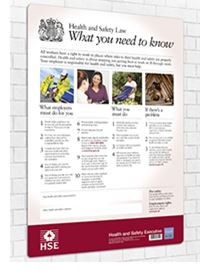
Employers have a legal duty to display the Health and Safety Executive's (HSE) Law poster in each workplace or provide each worker with a copy of the equivalent leaflet.
The poster includes basic health and safety information and lets people know who is responsible for health and safety in your workplace.
You must display the poster where your workers can easily read it, and it must be in a readable condition.
- A2 size health and safety law poster
- A3 size health and safety law poster
- Health and safety law leaflet
- Health and safety law - large print
- Health and safety law pocket card
Find out how to identify a genuine law poster.
5. Appoint a competent person
As an employer, you must appoint a competent person or people to help you meet your health and safety legal duties.
What a competent person does
They should have the skills, knowledge and experience to be able to recognise hazards in your business and help you put sensible controls in place to protect workers and others from harm.
Qualifications and training
It's not usually essential for them to have formal qualifications and they're not required by law to have formal training, although it can help.
Who you can appoint
You could appoint (one or a combination of):
- yourself
- one or more of your workers
- someone from outside your business
Usually, managing health and safety isn't complicated and you can do it yourself with the help of your workers. You know your workplace best and the risks associated with it.
If there's a competent person within your workforce, use them rather than a competent person from outside your business.
Using a consultant or adviser
If your business or organisation doesn't have the competence to manage health and safety in-house, for example, if it's large, complex or high risk, you can get help from a consultant or adviser. But remember, as the employer, managing health and safety will still be your legal duty.
Occupational Safety and Health Consultants Register is the UK’s largest online register of chartered health and safety consultants from every industry. Members of the register are qualified to advise businesses on health and safety issues across many specialisms.
6. Incident reporting
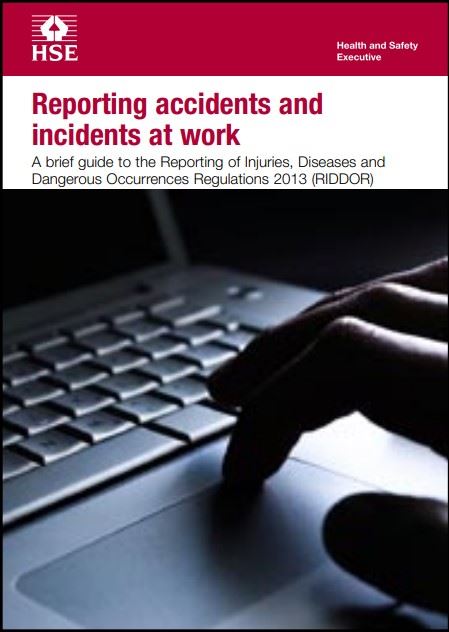
In law, you must report certain workplace injuries, near-misses and cases of work-related disease to HSE. This duty is under the Reporting of Injuries, Diseases and Dangerous Occurrences Regulations, known as RIDDOR.
For more information read our Incident reporting (RIDDOR) webpage.
7. Provide the right workplace facilities
Employers must provide welfare facilities and a working environment that's healthy and safe for everyone in the workplace, including those with disabilities.
You must have:
- welfare facilities – the right number of toilets and washbasins, drinking water and having somewhere to rest and eat meals
- a healthy working environment – a clean workplace with a reasonable working temperature, good ventilation, suitable lighting and the right amount of space and seating
- a safe workplace – well-maintained equipment, with no obstructions in floors and traffic routes, and windows that can be easily opened and cleaned
For more information read leaflet INDG 293 Welfare at work Guidance for employers on welfare provisions
8. Consult your workers
You must consult all your employees on health and safety. You can do this by listening and talking to them about:
- health and safety and the work they do
- how risks are controlled
- the best ways of providing information and training
Consultation is a two-way process, allowing employees to raise concerns and influence decisions on managing health and safety.
Your employees are often the best people to understand risks in the workplace. Involving them in making decisions shows that you take their health and safety seriously. In a small business, you might choose to consult your workers directly. Larger businesses may consult through a health and safety representative, chosen by your employees or selected by a trade union. As an employer, you cannot decide who the representative will be.
For further information read leaflet INDG 232 Consulting employees on health and safety A brief guide to the law
9. First aid at work
Employers must make sure employees get immediate help if taken ill or injured at work.
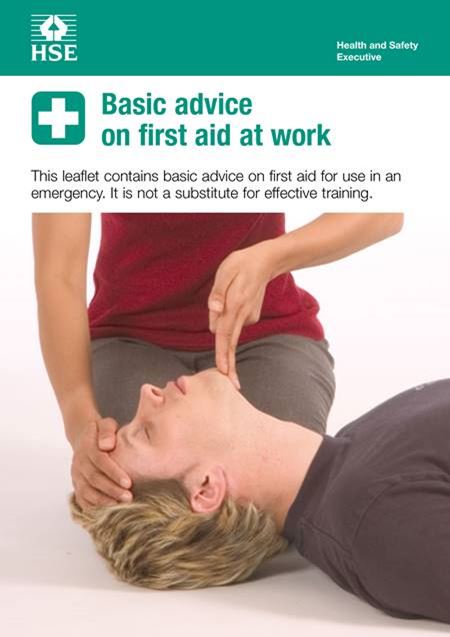
The law applies to every workplace and to the self-employed.
You must have:
- a suitably stocked first aid kit
- an appointed person or people to take charge of first aid arrangements
- information for all employees telling them about first aid arrangements
Follow the links for more information:
- HSE first aid webpages
- First aid at work The Health and Safety (First-Aid) Regulations 1981
- First-aid at work - your questions answered
- Basic advice on first aid at work
- Selecting a first-aid training provider: A guide for employers (Replaces First-aid training and qualifications for the purposes of the Health and Safety (First-Aid) Regulations 1981 on 6 April 2013
- Poster - Basic advice on first aid at work
- Poster - Electric shock: First aid procedures
10. Provide information, instruction and training for employees
Everyone who works for you needs to know how to work safely and without risk to their health. This includes contractors and self-employed people.
You must give your workers clear instructions and information, as well as adequate training and supervision. Make sure you include employees with particular training needs, for example new recruits, people changing jobs or taking on extra responsibilities, young employees and health and safety representatives.
Last updated: 16 August 2024
